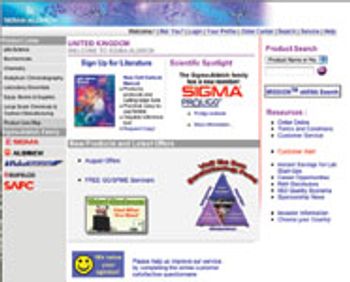This article looks at the use of electromigration techniques to determine microorganisms, such as viruses, bacteria and other biologically important macromolecules (erythrocytes), in medical analyses. It was found that electromigration techniques could be used for the identification of several viruses, including the identification of a specific marker for the Hepatitis C virus infection and another for a urinary tract infection. The determination of cell viability and the quality control of probiotics and consumer products that contain active bacteria is also possible using electromigration. Special attention is paid to the modification of capillary wall surfaces using different monomers and the application of monolithic columns to determine active bacteria in pharmaceutical products using capillary electrochromatography (CEC) conditions. This approach represents a new frontier for separation science and the possibility to apply it in medical diagnosis.





